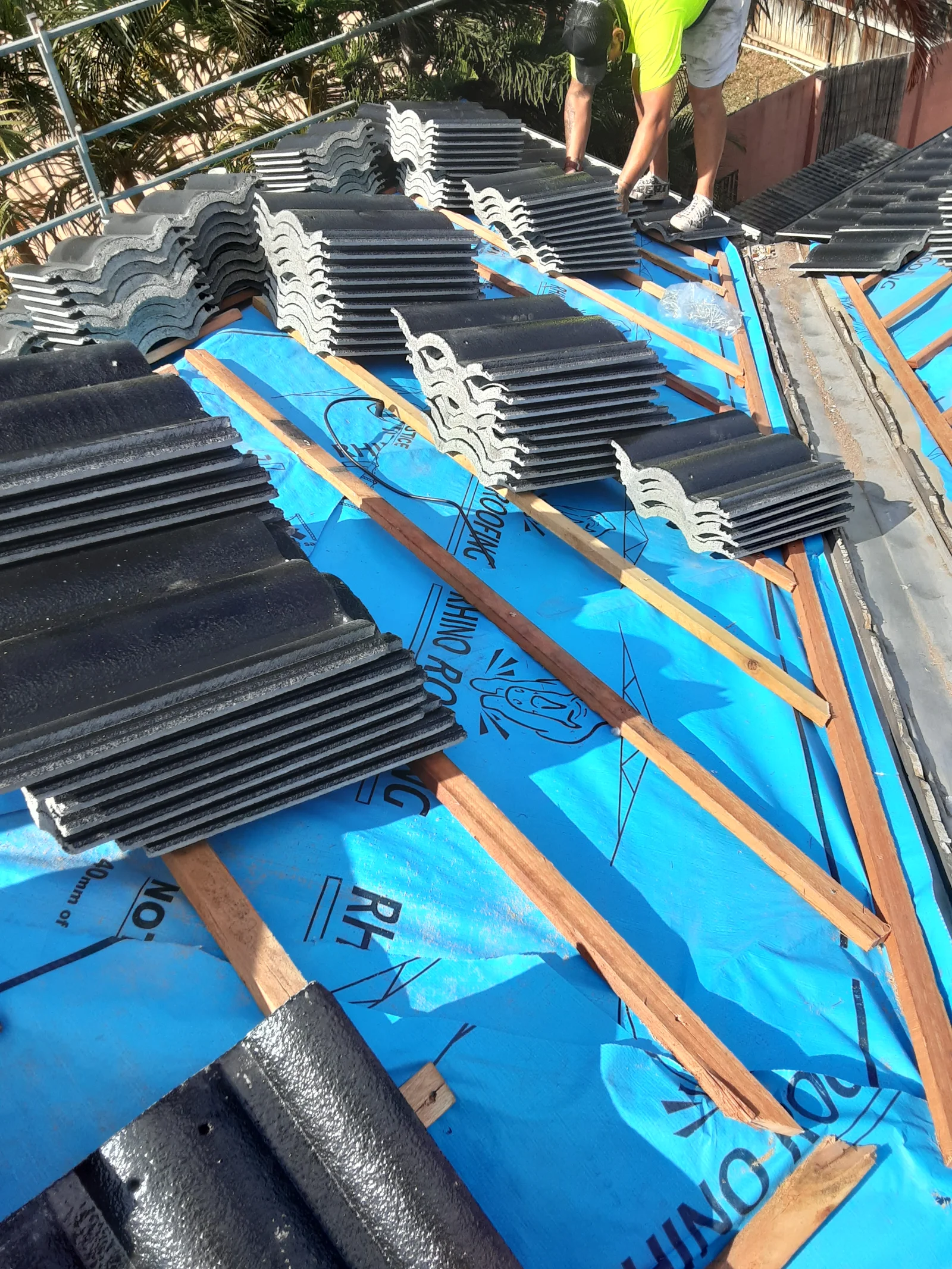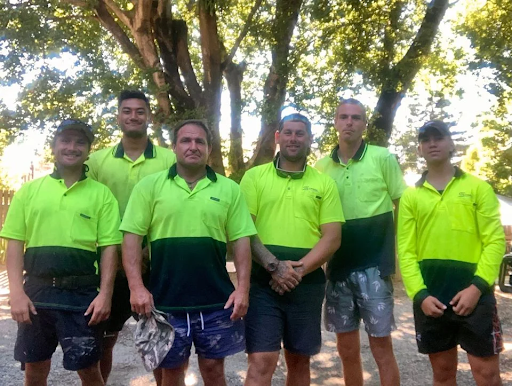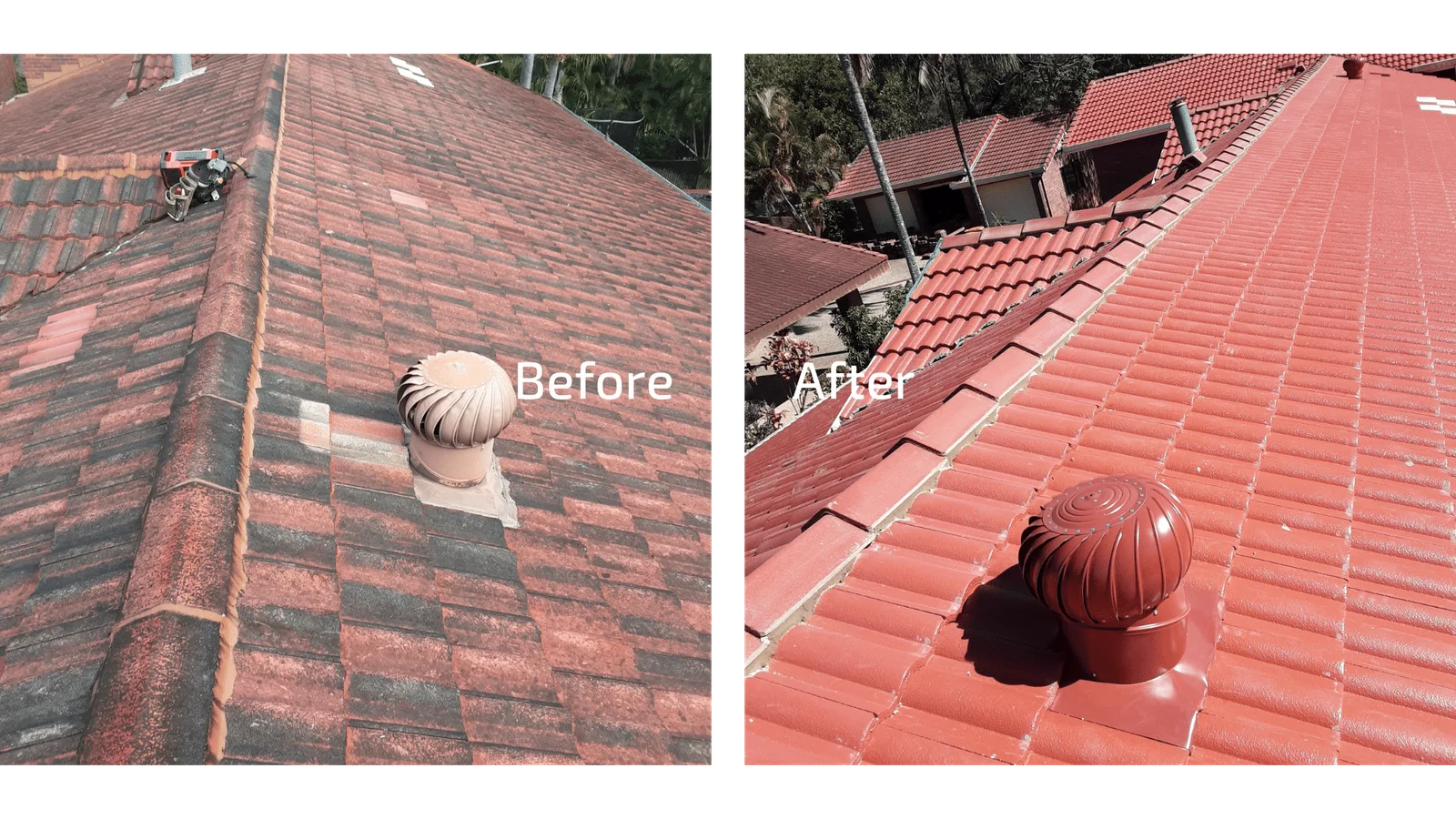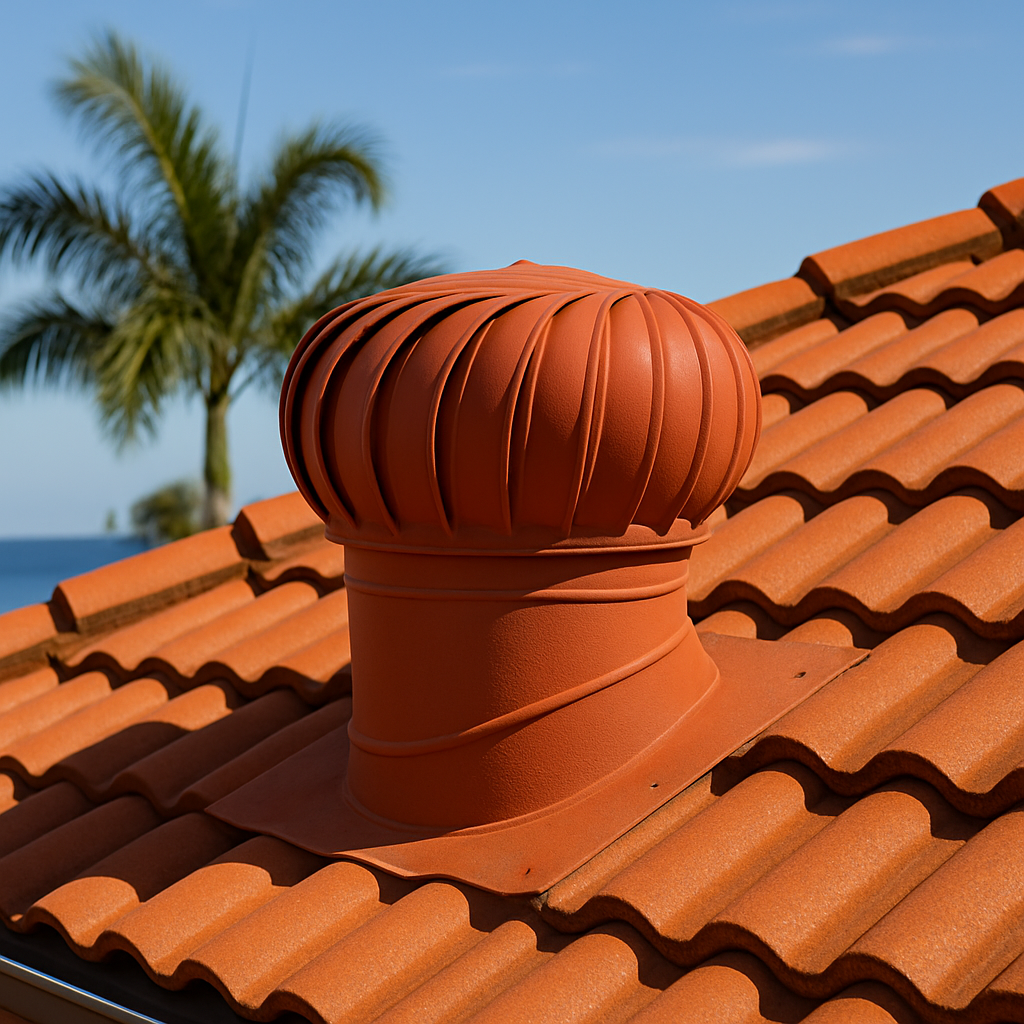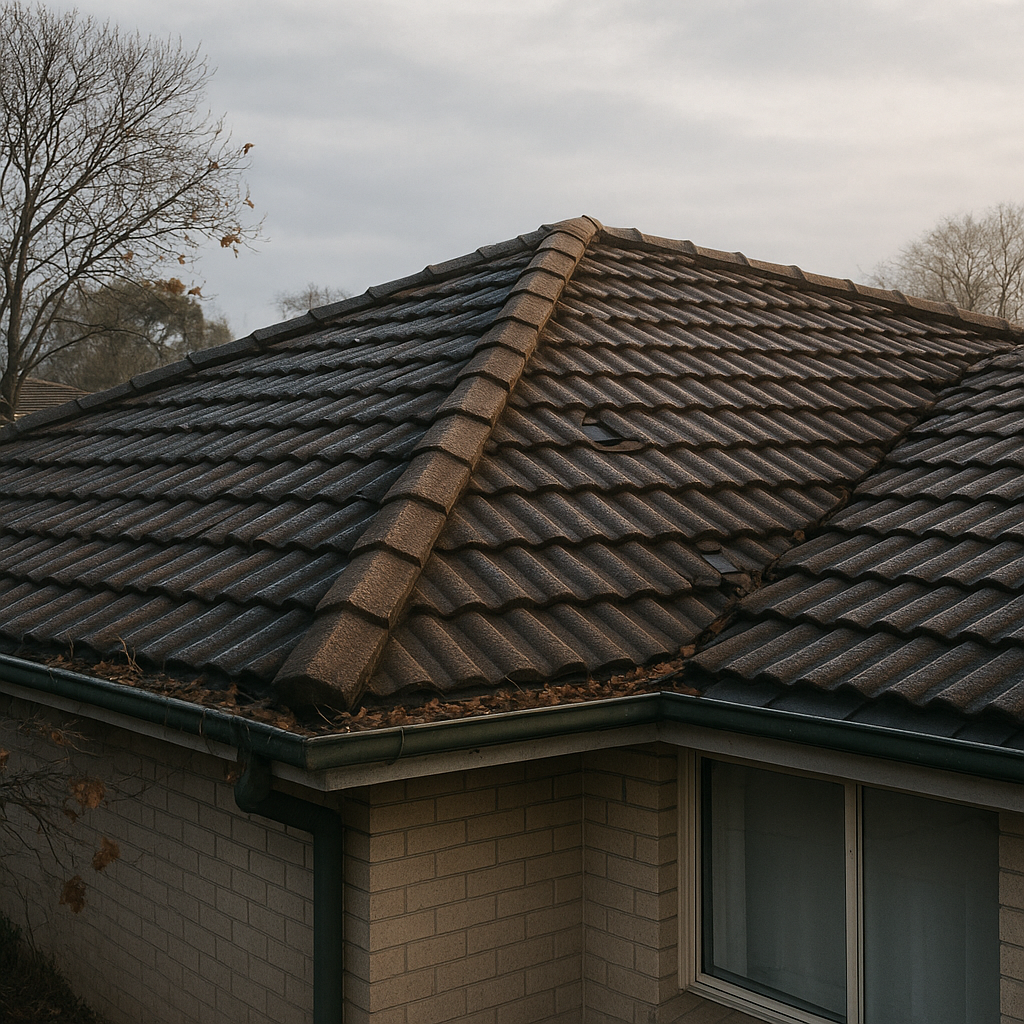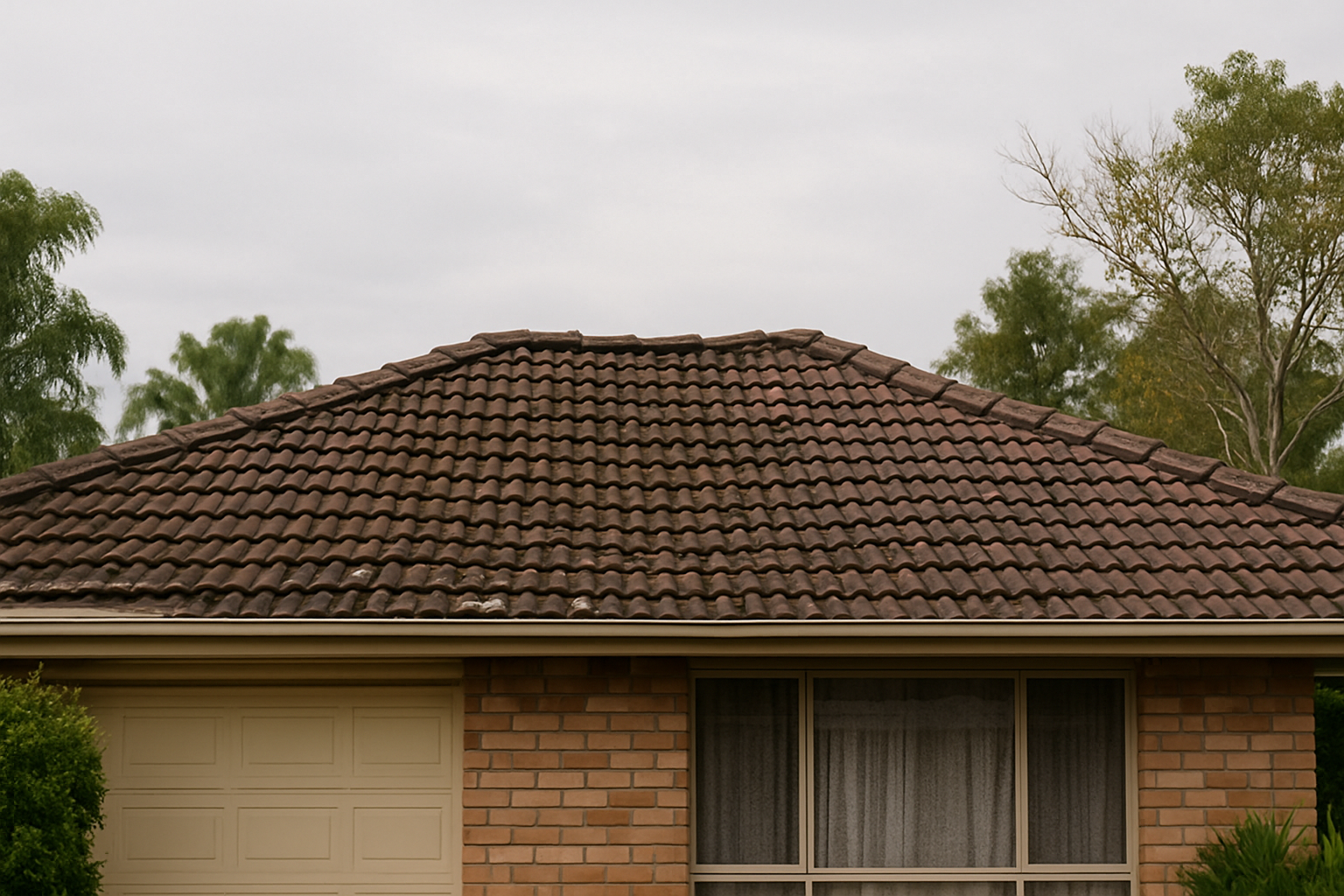And What Queensland Homeowners Should Watch Out For
In Queensland, most homeowners brace themselves for summer storms, but did you know roof leaks are often more likely to appear in winter? Cooler months bring a different kind of weather challenge, especially for older tiled roofs that have quietly deteriorated over time.
At Storm Call Roofing Projects, we often see a spike in leak-related enquiries during the winter season. Here’s why that happens and how you can stay ahead of it.
Why Winter Exposes Roof Weaknesses
Even though Queensland winters are milder than other parts of Australia, they still present a perfect storm of conditions that can reveal hidden roof problems.
1. Cold Mornings and Dew
Heavy morning dew can settle into small cracks or gaps between tiles, especially on south-facing slopes that stay shaded longer. This consistent moisture can seep under the tiles, affecting underlayment and eventually causing leaks.
2. Wind-Driven Rain
Winter fronts often bring strong, gusty winds along with rain. If roof tiles or ridge capping are loose or damaged, wind-driven rain can easily force its way underneath.
3. Lack of Sunlight
In cooler months, tiled roofs dry more slowly after rain or morning dew. Prolonged moisture exposure can highlight issues like porous or hairline-cracked tiles that wouldn’t be obvious during drier, sunnier periods.
4. Blocked Gutters and Valleys
Falling leaves and debris often collect in winter, especially from deciduous trees. Blocked gutters and valleys can cause water to back up and overflow into roof spaces, leading to interior ceiling stains or water damage.
Common Winter Leak Hotspots on Tiled Roofs
Some areas are more prone to letting in water, especially during winter conditions:
- Cracked or displaced tiles
- Broken or deteriorating ridge capping
- Roof valleys filled with debris
- Skylight and vent flashings
- Chimney surrounds and roof penetrations
- Old mortar bedding that has crumbled or washed away
Warning Signs to Watch For
Catching a leak early is key. Look out for:
- Damp spots on ceilings or cornices
- Dripping sounds after rain
- Mould or mildew in corners of rooms
- Water stains near light fittings
- Musty smells in the roof cavity
If you notice any of these signs, even if minor, it’s time to have your roof inspected.
Preventing Winter Roof Leaks
Being proactive is always better than reacting to interior damage. Here’s how to minimise your risk:
- Schedule a roof inspection before winter to catch loose tiles or weakened ridge caps.
- Clear gutters and roof valleys of leaves and debris.
- Check internal ceilings and roof cavity for early signs of moisture.
- Trim overhanging branches to reduce leaf build-up and improve sunlight exposure on roof surfaces.
How Storm Call Roofing Projects Can Help
We’ve restored and repaired hundreds of tiled roofs across Brisbane and the Gold Coast. Our winter prep services include:
- Full tiled roof inspections
- Tile replacements and repointing
- Leak detection and roof repairs
- Valley iron clearing and gutter maintenance
If your tiled roof hasn’t been looked at in a while, now’s the perfect time to book in, before the next rainy front rolls through.
Final Thoughts
While winter in Queensland might seem mild, it’s often when hidden roof problems start to show. Don’t wait for a full-blown leak to cause internal damage. A quick inspection and a few preventative measures can protect your home and avoid costly repairs.
Need help? Contact Storm Call Roofing Projects for professional tiled roof repairs and inspections in Brisbane and the Gold Coast.

